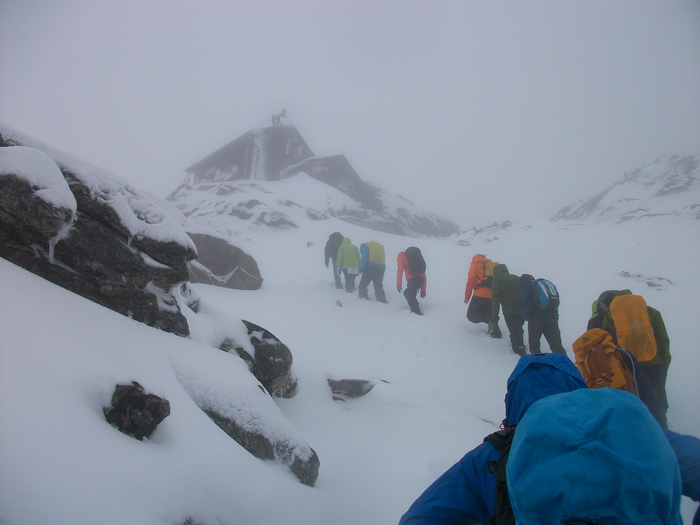Switzerland covered by as much as 3,000 tonnes of nanoplastic every year, study says
Scientists say 43 trillion miniature plastic particles land in Switzerland every year

At least 3,000 tonnes of nanoplastics cover Switzerland every year, from the remote Alps to the urban lowlands, according to a new study that sheds light on the toxicological impact of these ultra-small air pollutants.
Scientists assessed how much plastic was trickling down from the atmosphere in the research, published in the journal Environmental Pollution.
They said about 43 trillion miniature plastic particles, or 3,000 tonnes of nanoplastics, covered Switzerland from the Alps to the cities every year.
While these estimates were very high compared to other studies, researchers from the Swiss Federal Laboratories for Materials Science and Technology (EMPA) said the study was the most accurate record yet of air pollution by nanoplastics.
Further studies, however, are needed to confirm the findings, they pointed out.
In the research, the scientists assessed a small area at a 3,106m-altitude (10,190 ft) at the top of the Hoher Sonnblick mountain in the Hohe Tauern National Park in Austria, using a new chemical analysis technique that determined the contamination of the samples.
The scientists removed a part of the top layer of snow around a marker at 8am every day in all weather conditions and carefully stored it.
Since contamination of the samples by nanoplastics in the air or on scientists’ clothes was a particular challenge, they sometimes had to remain motionless in the lab when a colleague handled an open sample.
Using weather data, they tracked the origin of the tiny plastic particles and found the greatest emission of nanoplastics into the atmosphere occurred in densely populated, urban areas.
They said about a third of the ultra-small nanoplastic particles measured on the mountain top came from a radius of 200km, mainly from cities, with plastics from the oceans also getting mingled in the air because of spray from the waves.
The study also found about a tenth of the plastic particles were blown onto the mountain by wind and weather over a 2,000-km distance – some of them coming from the Atlantic.
Among the different types of plastics, researchers said the main polymers observed for this site were polypropylene (PP) and polyethylene terephthalate (PET).
Citing various studies, the scientists said these ultra-small plastic particles can cause various adverse effects in organisms or cells exposed to them.
They cautioned that while larger particles greater than 10 microns in size were likely filtered out by the upper respiratory system, nanoplastics could penetrate deep into the lungs.
“Nanoplastics can penetrate deep in the lungs (alveoli) and given their small diameter can even pass the cell membrane barrier and enter the bloodstream,” the researchers noted in the study.
They called for further studies of nanoplastics in urban, rural and remote areas to assess the extent of nanoplastics pollution.
“This will provide insight into the levels of human exposure so that accurate air-quality protocols, toxicological assessment and mitigation efforts can be established,” they noted.
Join our commenting forum
Join thought-provoking conversations, follow other Independent readers and see their replies
Comments
Bookmark popover
Removed from bookmarks